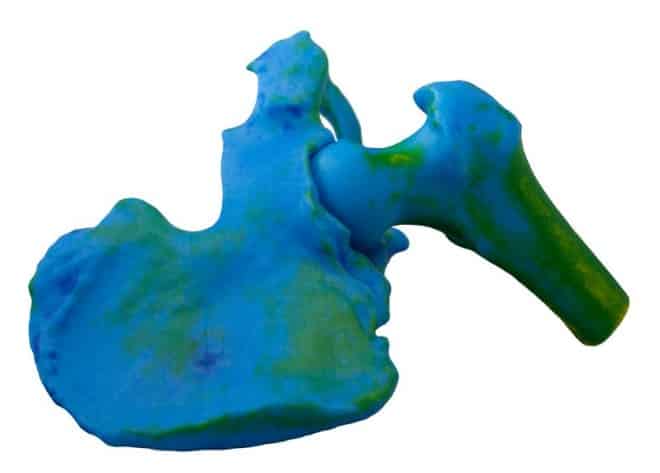This morning, Rize, Inc., based in Massachusetts, announced the release of its RIZIUM™ fiberglass (GF) composite material. The 3D printer manufacturer was founded by CTO Eugene Giller (predecessor of ZCorp) in 2014, and also specializes in materials used in applications such as life sciences, communications, and branding. Now, the World Economic Forum (WEF) 2020 Technology Pioneer will continue to work on color 3D printing, and its new composite materials can be used for large full-color parts to provide powerful support for complex structures-while preventing warping and other issues.
In order to redefine the mission of 3D printing, the company stated in a recent press release that they hope to continue to provide users with the ability to use this new material to further expand their work. For many years, users using next-generation technology to achieve sustainability has been the focus of the Rize development team, as they have been developing proprietary materials for many years. RIZIUM Glass Fiber is compatible with all its 3D printers (and printers of RIZIUM Alliance partners).
The new GF material is based on Rize’s cyclic olefin-based matrix and has the following characteristics:
- Low emissions during production
- Extremely low moisture absorption
- High chemical resistance
- Strength, durability, and stability
RIZIUM GF has been “rigorously tested” and verified before its release, and is compatible with Rize Enhanced Polymer Deposition (APD), which combines ink and polymer to make new materials. Rize pointed out that users will also be able to look forward to “mass production” of 3D printing for many different applications.
“Until now full color 3D printing applications could only deliver weak approximations of the original, and users often avoided large parts or complex geometries because they could warp or crack,” said Andy Kalambi, CEO of Rize. “We’re delighted to help drive a renaissance in industrial manufacturing with better 3D printing materials and technology.

This version also marks the fourth time that RIZE has obtained UL GREENGUARD certification through the ANSI/CAN/UL 2904 standard method for testing and evaluating particle and chemical emissions from 3D printers. Emissions, toxicity and safety issues have always been issues of constant concern in the 3D printing and industrial additive manufacturing processes. This has prompted people to study whether it is possible to unknowingly poisoning, causing health hazards, and looking for new ones for users who print at home.
Passing UL GREENGUARD certification can prove that the new material can be safely used in enclosed spaces, including schools, hospitals and offices.
“We like the print reliability that RIZIUM Glass Fiber delivers to the Rize product line. Azoth can be confident in the quality and strength of RIZIUM GF parts. Being able to transform 3D rendered models into accurate full-color parts is something our customers love,” said Ronnie Sherrer, application engineer at Azoth, an Ann Arbor-based provider of technology and additive manufacturing to large manufacturers.
Other customers include NASA, PSMI, Wichita State University, the U.S. Army and Festo. From the initial RIZE One industrial desktop 3D printer to the XRIZE 3D printer and the launch of the adaptive desktop RIZE 2XC 3D printer, Rize has continued to develop new hardware manufacturing over the past few years.


